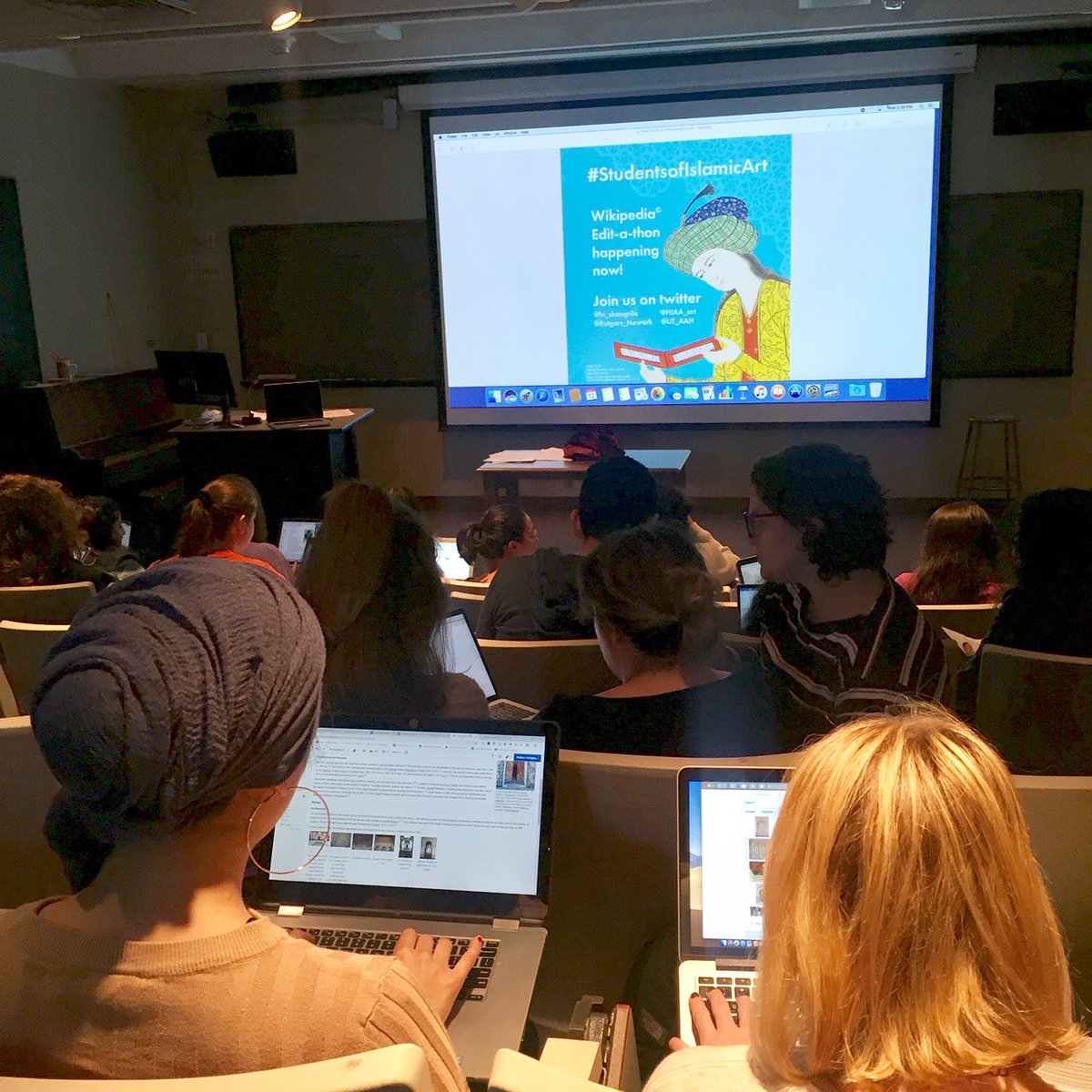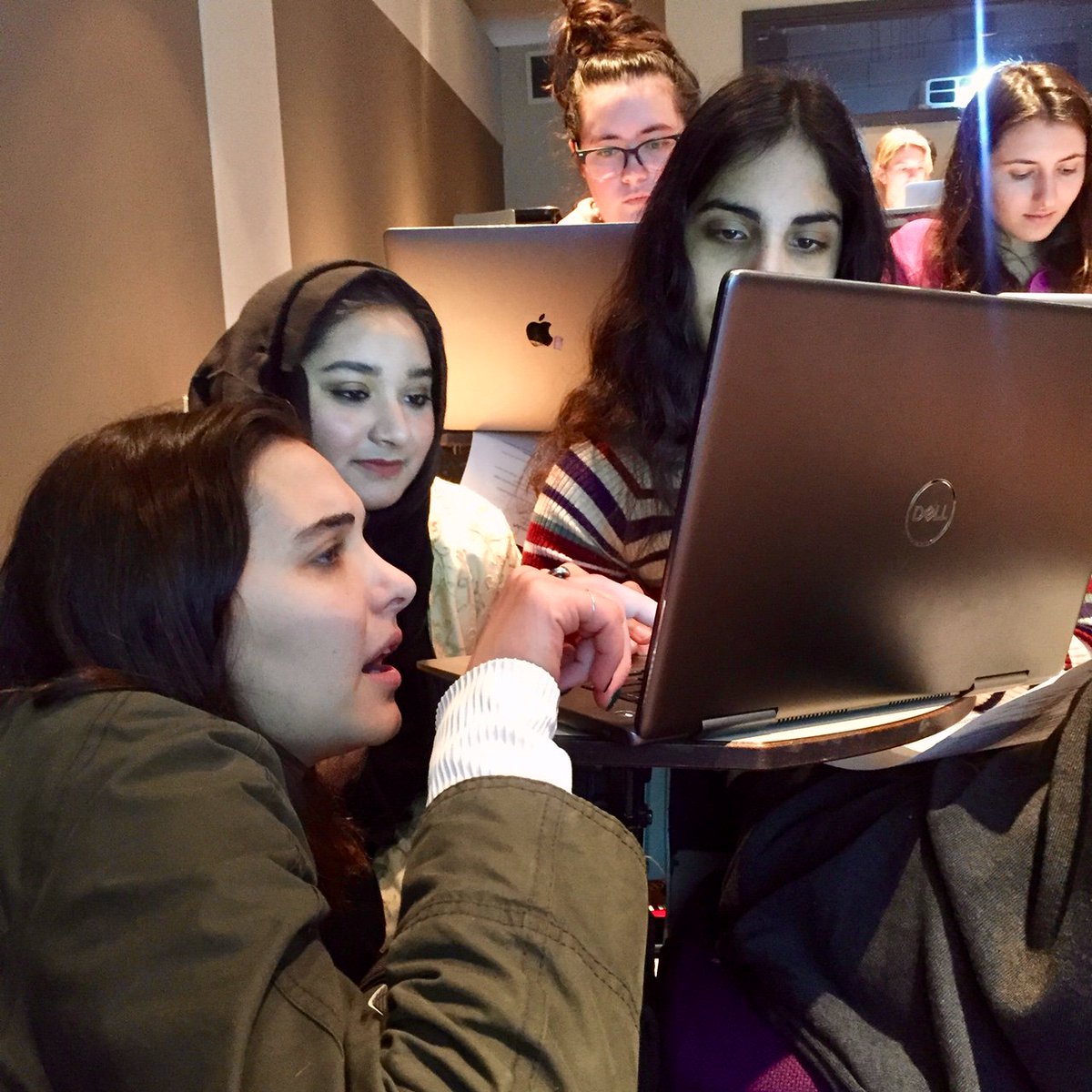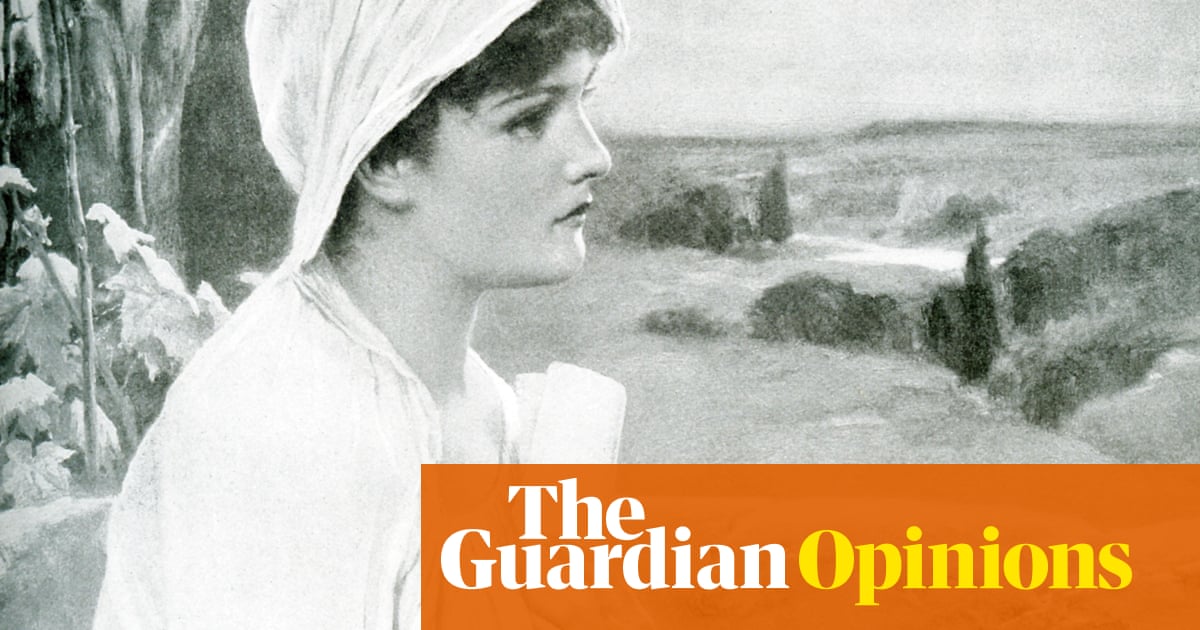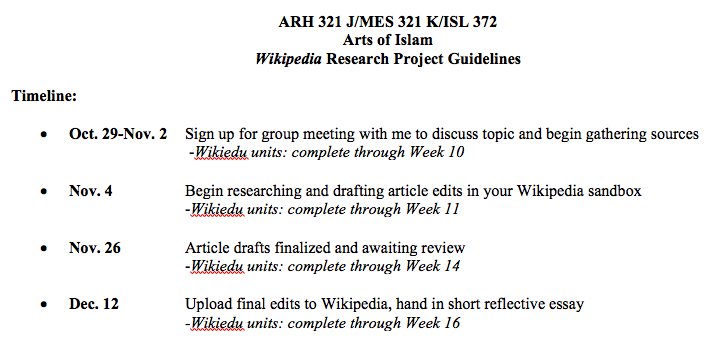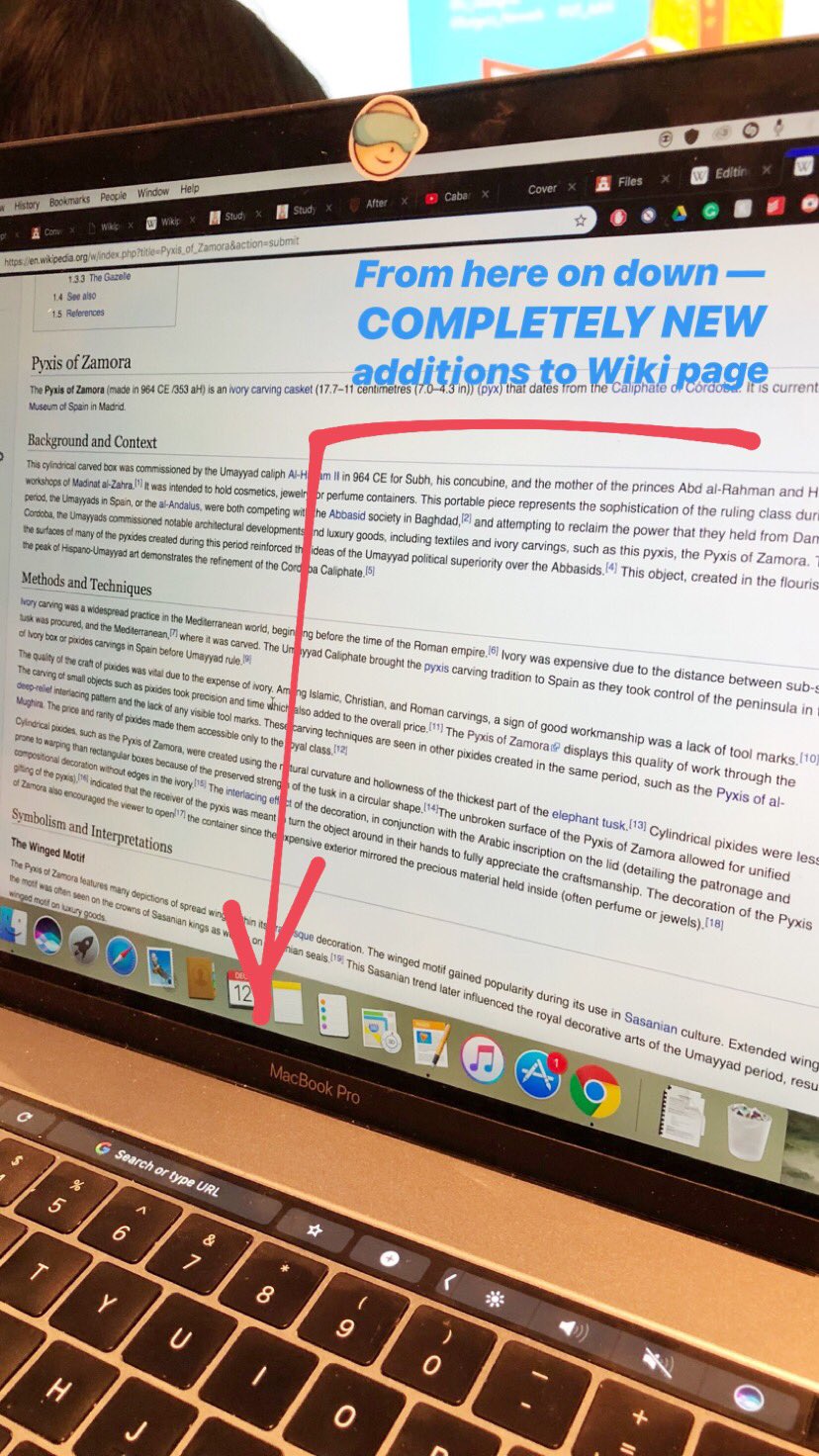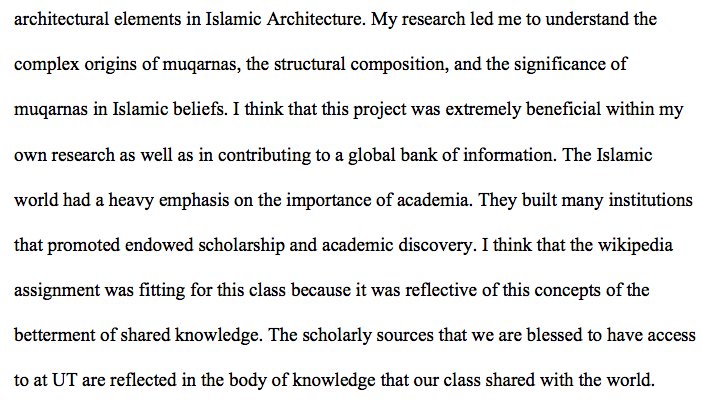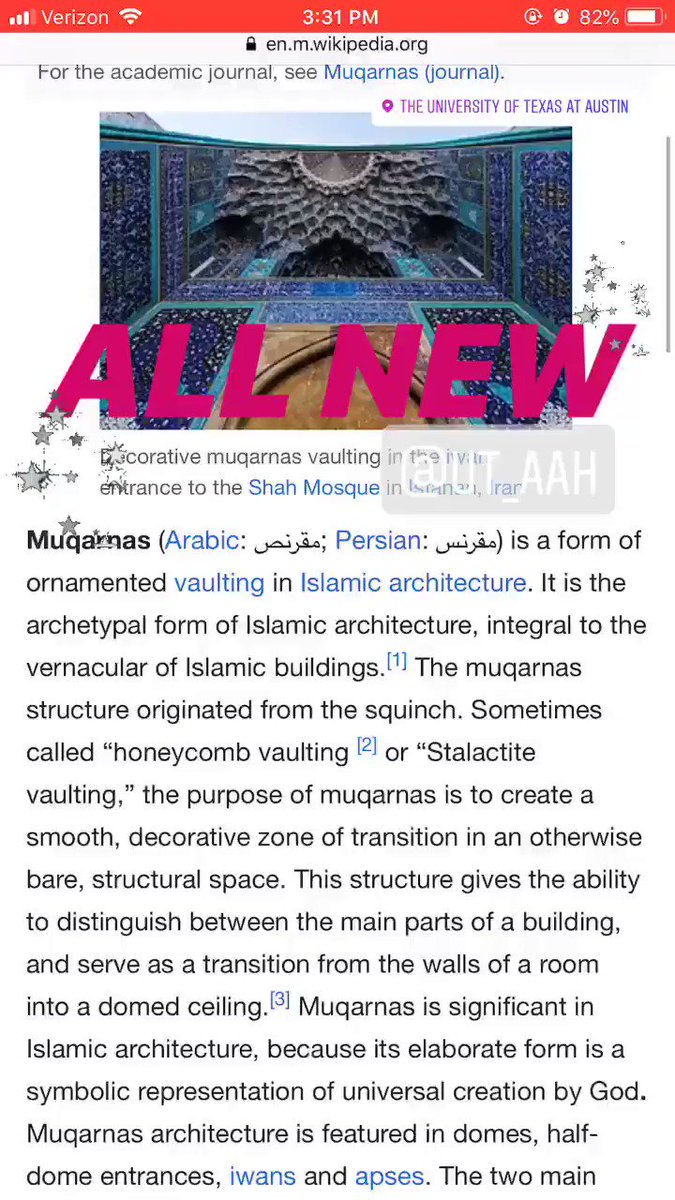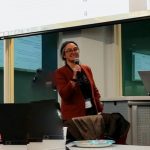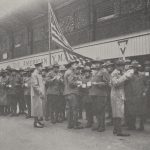This semester in my Arts of Islam survey, I decided to scrap the research paper and have students collaborate to re-write @Wikipedia articles. It ended up better than I could have imagined & transformed how I think about teaching #StudentsOfIslamicArt #IslamicArt #MedievalTwitter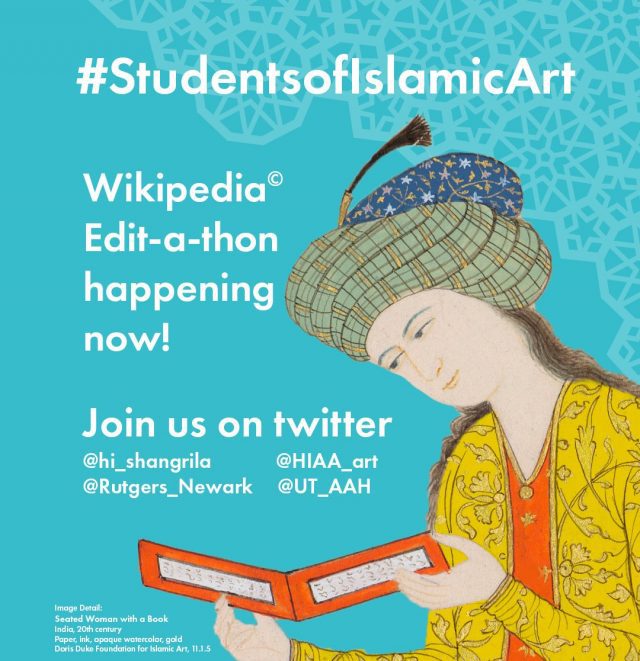
I was hesitant about shaking up a popular class that had worked well for years, but one statistic finally convinced me: 90% of Wikipedia articles are written by men – and largely by men from Euro-American contexts.
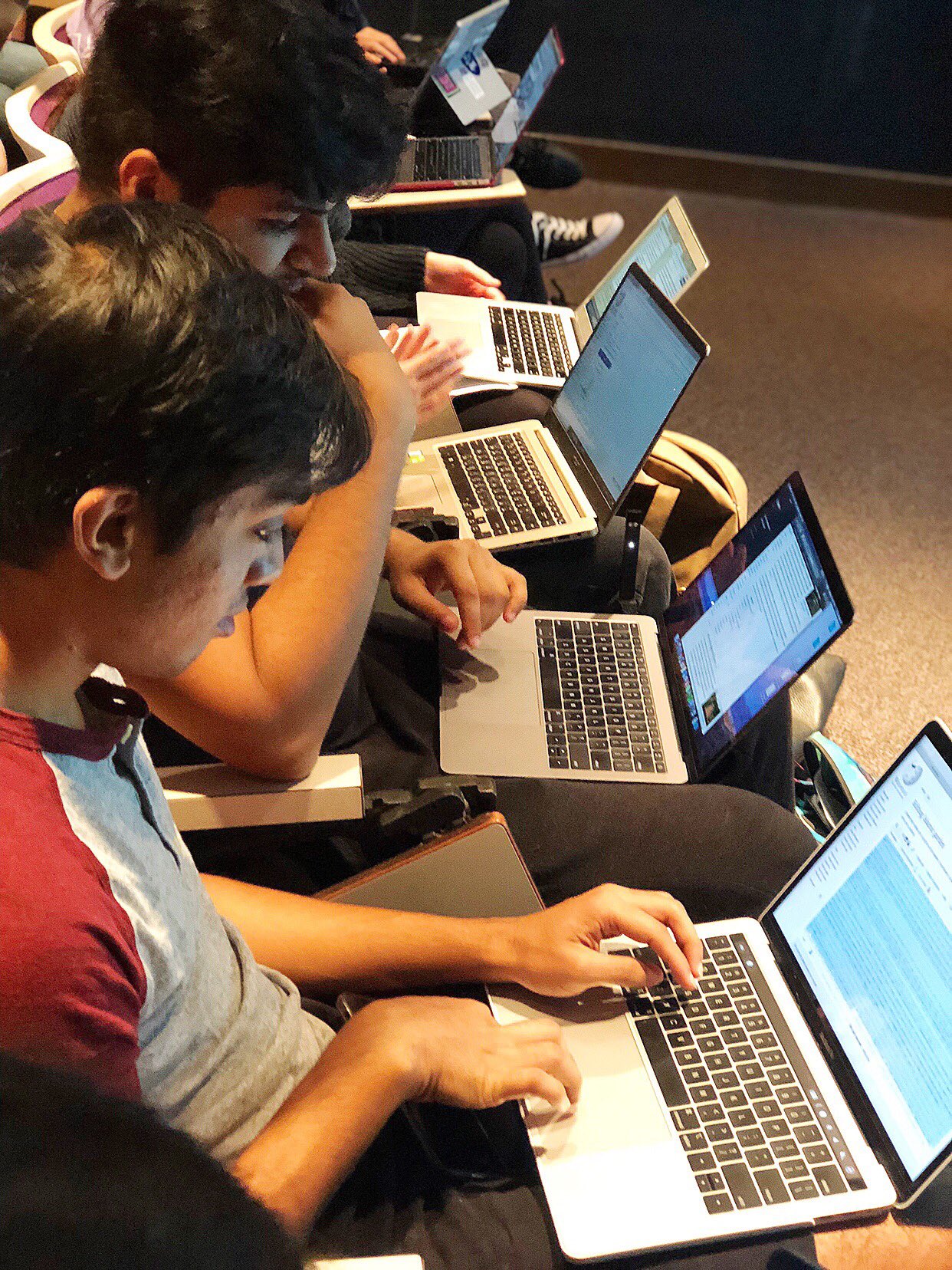
Zain Tejani and Tarik Islam improving the article on Islamic Gardens by replacing some of the more subjective aspects of the pages on the Islamic gardens with entries on the surviving gardens and sensorial experience. They later found their edits reverted by another editor – a valuable lesson about how to work within Wikipedia’s editor community (they’re still in negotiations on the Talk page!)
